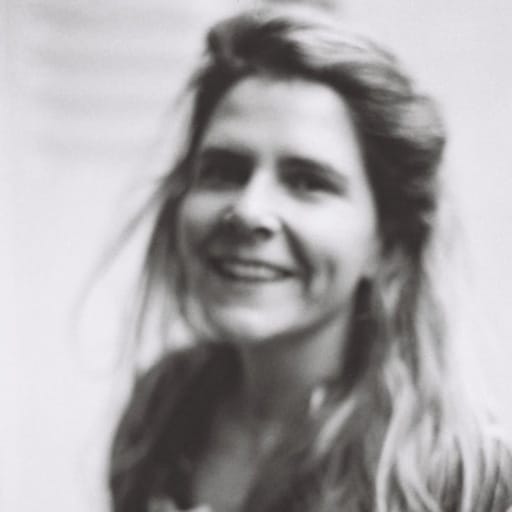Cryobiology is a scientific discipline that studies the behavior of living organisms, as well as metals when they are exposed to very low temperatures. It has many applications in the fields of physics, medicine, and in the food sector. In 1962, a branch of this discipline was defined as “cryonics” by the American professor Robert Ettinger in The Prospect of Immortality. He hypothesized that future technological and scientific advances would one day make revivification possible, in other words, a return to life after an indeterminate period of preservation.
In January 1967, in the United States, James Bedford was the first man to be cryogenically frozen using a method first invented, or rather envisioned, in Soviet Russia. Today, Bedford is still out there, his body immersed in liquid nitrogen at –320°F, preserved in the hope that one day science will be able to resuscitate him. Half a century later, only in the United States and Russia is it legal to cryogenically preserve dead bodies, although China has recently authorized an experiment.
For a sum ranging between $80,000 (preserving the head alone) and $200,000 (full body), candidates may now sign on to a program on the assumption that one day humans will be able to overcome death. This is a reassuring promise for some, unthinkable for others. With her camera and her mind on alert, Stéphanie Solinas tracks the phenomenon.

In San Francisco, she boarded a private jet at sunset, just before the moon rose. She was accompanying Linda Chamberlain, the founder of the Alcor company whose husband is now cryogenically frozen. Alcor’s first office opened in 1976. The company started out as a mobile surgical unit in a large van, promising a shot at immortality. In 1990, the firm opened the world’s largest cryonics facility in California. Today, it is still a leader in the industry.
Now located in the upscale suburb of Phoenix, Arizona, between golf courses and fan outlets, the company occupies a large, secure warehouse that stores hundreds of bodies. They are not just human bodies, but also cadavers of pets whose blood has been replaced with a glycerin mixture that acts as antifreeze. The company’s Wikipedia page resembles the back cover of a Don DeLillo novel, with its mixture of intrigue, whimsical characters, historical cases, and controversy. Type “Alcor” into Google and you’ll get pictures of metal vats and vitrified bodies.
There are artists who are able to take us to a place where we would not have gone alone. Stéphanie Solinas suggestively points to such a place: perhaps to give us something new to look at, or perhaps because she herself is seeing something new. Framing abstract photographs, her questions are written in the form of a neutral dialogue with the protagonists and follow the train of her thoughts.

“Are you scientific competitors of religions?” she asks the promoters of an antechamber to immortality. “Will your resurrected clients be 100% identical to their original selves?”; “Are your clients driven by some form of life addiction or death phobia?”; “They’re not alive, but they’re not dead either, which is confusing because the two states are mutually exclusive, aren’t they?”
The average age of the candidates is 47; they tend to be technophiles: they believe in the ability of science to bring them back to life. They spend large, but fairly accessible sums of money. Besides, religions are not necessarily opposed to cryonics; they even show tacit or rather ambiguous complicity: “who knows how much the world will have changed?”
Solinas’s dialog is illustrated with images of the sky over San Francisco, growing dark. This photographic metaphor is a subtle proof: it reminds us of the finite nature of life, the anguish this creates, and the desire to escape the inescapable. The title of her work Le soleil ni la mort [The Sun nor the death], borrows a key notion from La Rochefoucauld, something that had no name in the seventeenth century: a nostalgia for what is out of reach.

Shown at the Jeu de Paume as part of the first Fata Morgana festival, these images of “a new brand of gravediggers” — as Camille Azaïs put it — could be characters from Blanche Gardin’s recent TV series entitled The Best Version of Myself: a modern way of life in which everything is imaginable as long as you have enough money to fulfill your desires.
The constant craving for “more” is as divisive as it is probing. It is also called into question by some of erstwhile heroes like the biologist Jacques Testart, who warn about “the suicidal promises of transhumanists.” With a tactful distance, Stéphanie Solinas stages this temptation in a project that reminds us of the ability of photography to imaginatively combine with writing to create a new kind of dialog. Welcome to Arizona.
Stéphanie Solinas, Le soleil ni la mort, published by Delpire & co, €39, 160pp.
Jeu de Paume, “Fata Morgana” Festival, from March 22–May 22, 2022.



